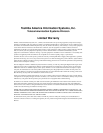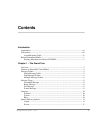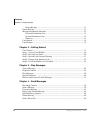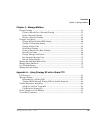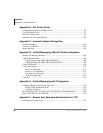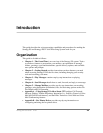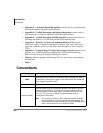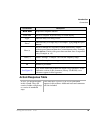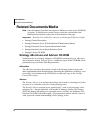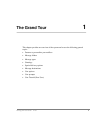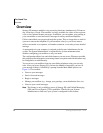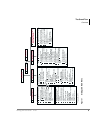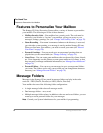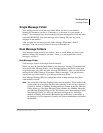
Introduction
Conventions
viii Stratagy ES User Guide 01/03
• Appendix C – Automatic Speech Recognition contains step-by-step instructions
on using the optional speech recognition feature.
• Appendix D – Unified Messaging with Outlook Integration contains step-by-
step instructions on using the optional Unified Messaging feature.
• Appendix E – Unified Messaging with IP Integration contains instructions on
recording and sending a .wav file using Windows® Sound Recorder.
• Appendix F – Remote User Password Administration for TTS provides
instructions on how to update the Stratagy ES software with your e-mail log on
password so that the system can read your e-mail messages via Text-to-Speech
(TTS).
• Appendix G – Using Stratagy ES with a Strata Legacy System explains how to
program your Toshiba proprietary telephone for Call Forward and Message
Retrieval when using your integrated Stratagy ES system.
• Glossary defines frequently-used Stratagy ES voice processing system features
and functions.
• Index
Conventions
Conventions Description
Note
Elaborates specific items or references other information. Within
some tables, general notes apply to the entire table and numbered
notes apply to specific items.
Important!
Calls attention to important instructions or information.
Extension Number
Press to answer a call to the Extension Number. Each station can have
multiple extension buttons. Incoming calls ring the extension button(s)
from the top down. For example, station 10’s extensions ring 10-1 first,
then 10-2, 10-3, and 10-4. A station is considered busy when all
extensions are being used.
Note The naming convention for DKT assignments within Toshiba is
Directory Numbers. For clarity and ease of understanding, the
terms Extension Number and Phantom Extension Number will be
used in this document in lieu of PDN and PhDN.



